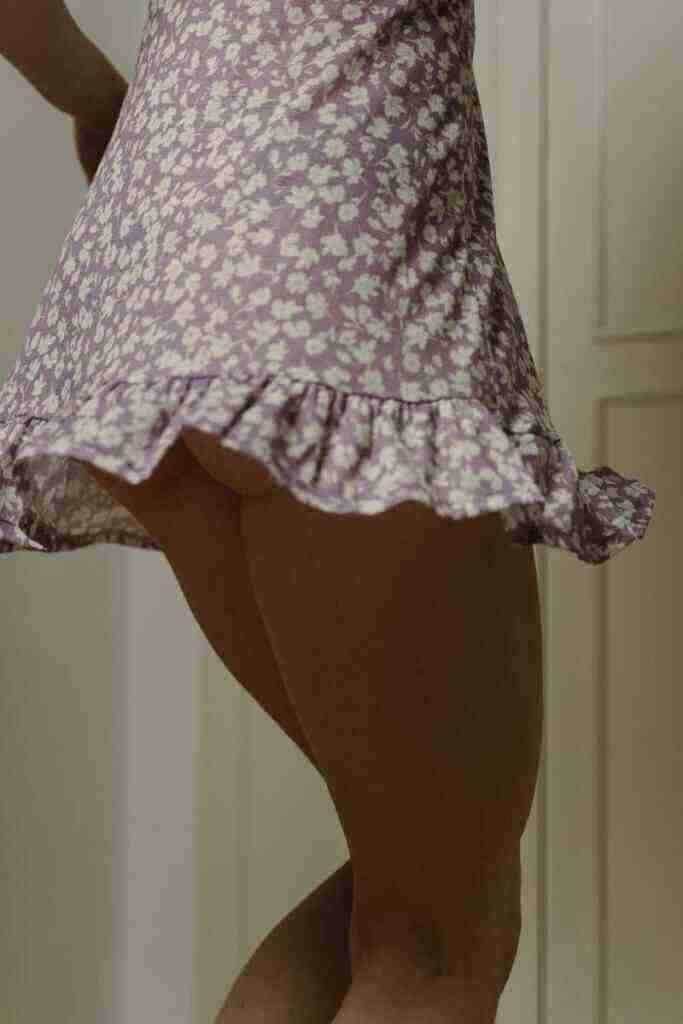The Moon’s Orbit and Rotation: An Intricate Dance in Space
Our celestial neighbor, the moon, has captivated humanity for millennia. Its graceful presence in our night sky has inspired poets, artists, and scientists alike. Beyond its aesthetic beauty, the moon plays a crucial role in our planet’s delicate dance around the sun. Understanding the moon’s orbit and rotation is like unraveling an intricate cosmic ballet that shapes our world in fascinating ways.
The moon’s gravitational pull exerts a significant influence on Earth’s oceans, causing tides. As the moon orbits, its gravity pulls on Earth’s water, causing it to bulge out slightly on the side facing the moon. On the opposite side of Earth, the water also bulges out slightly, away from the moon. These bulges in the ocean’s surface create high tides. In between these high tides, there are low tides, where the water level drops.
The moon’s tidal influence doesn’t stop at the oceans. It also affects Earth’s crust, causing it to deform slightly. This deformation, though tiny, can be measured using sensitive instruments.
The dark side of the moon has long been a source of fascination and speculation. It wasn’t until the Soviet Union’s Luna 3 mission in 1959 that we finally got our first glimpse of this enigmatic lunar hemisphere. The images revealed a landscape vastly different from the familiar side, with vast, ancient craters and fewer maria (dark, flat plains). The far side of the moon holds many secrets yet to be unraveled, beckoning future missions to explore its hidden wonders.
When Earth, the moon, and the sun align perfectly, a lunar eclipse occurs. During a lunar eclipse, Earth’s shadow falls on the moon, casting it in a reddish hue. Lunar eclipses are awe-inspiring events that offer skywatchers a chance to witness the intricate celestial dance between our planet and its moon.
